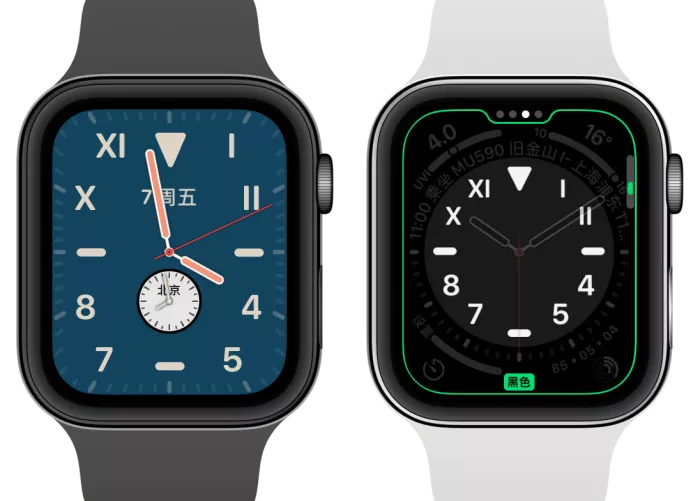Apple has unveiled a major architectural upgrade in watchOS 26, migrating its newest Apple Watch models—Series 9, Series 10, and Ultra 2—from the hybrid arm64_32 to the full arm64 architecture. The change, highlighted in Apple’s developer-focused watchOS 26 preview, marks a significant step toward aligning the wearable platform with the company’s broader ecosystem.
arm64_32 vs. arm64: Performance and Compatibility Implications
The outgoing arm64_32 architecture, a modified version of standard 64-bit ARM, employs 32-bit pointers to optimize memory usage for wearables. While efficient for constrained environments, the shift to full arm64 unlocks 64-bit pointers, expanded memory access, and enhanced performance. The transition also improves compatibility with cross-platform development tools and runtime environments used across Apple’s other devices.
Developers can now leverage more registers and system resources, potentially enabling more complex watchOS applications. However, apps must include separate binaries for both architectures: older models like the Apple Watch SE (2nd gen) and Series 8 will retain arm64_32 support. Xcode automates dual-architecture builds if developers configure deployment targets correctly.
Backward Compatibility and Future Roadmap
Existing arm64_32 apps will continue running on new devices via a compatibility layer, though Apple recommends recompiling for native arm64 to maximize performance and future-proof software. Industry observers note that arm64_32 support may phase out as legacy hardware retires—a pattern consistent with Apple’s other platforms, all of which now exclusively use arm64.


